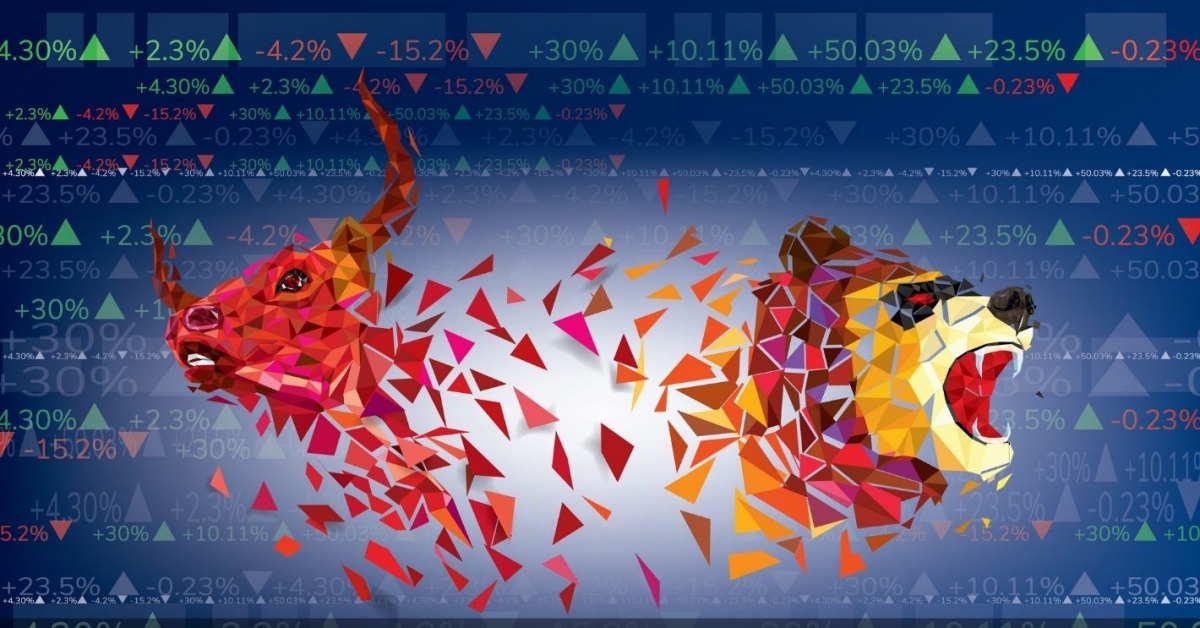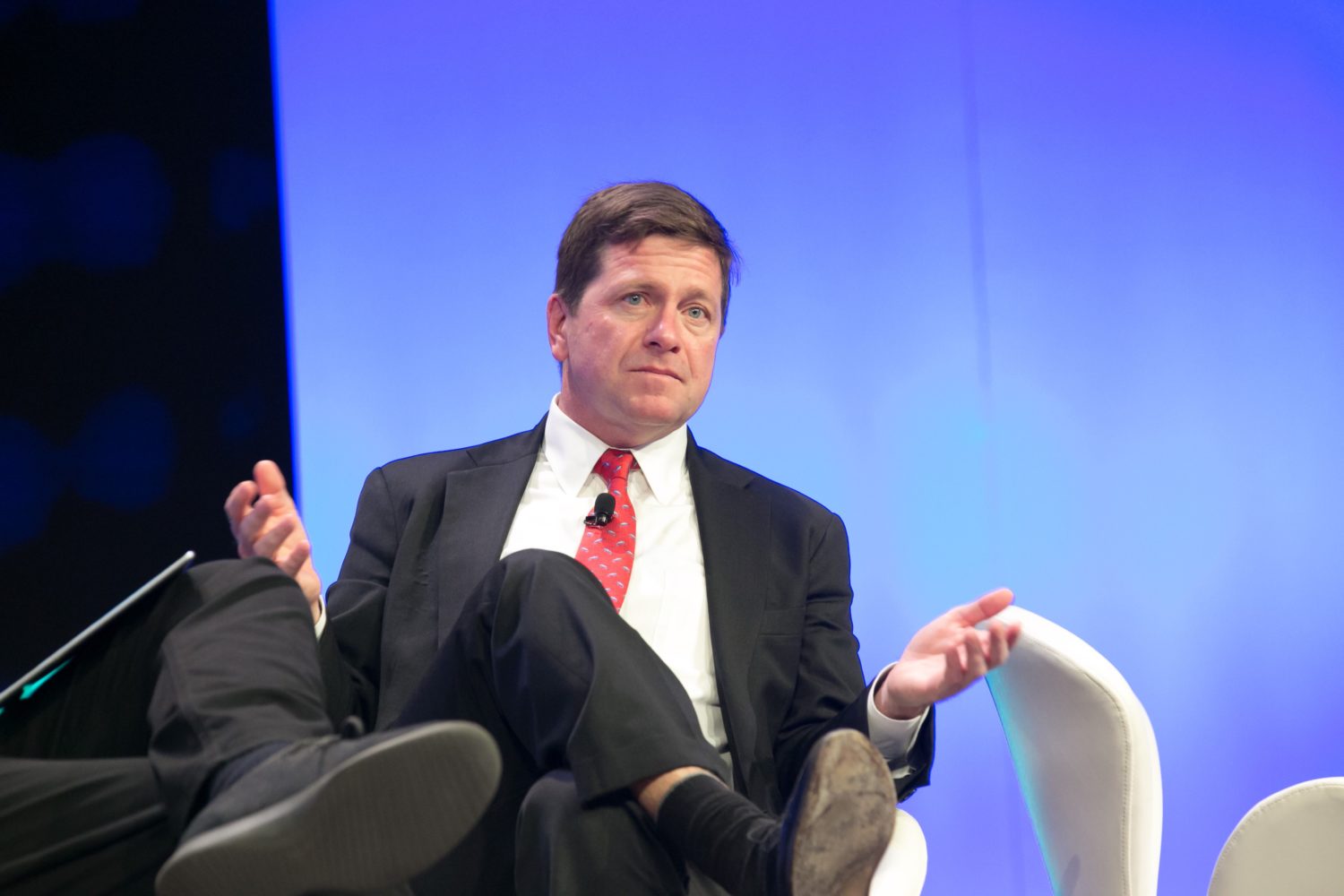Binance, OKEx and KuCoin Are Using IEOs to Command the Spotlight

Token sales haven’t stopped since the 2017 boom. They’ve just changed names.
Initial exchange offerings (IEOs) – where a cryptocurrency exchange offers a direct listing and launch campaign for a new startup token – are earning blockchain companies millions in 2019.
Two sources, who both requested anonymity to avoid alienating exchange partners, told CoinDesk that some exchanges declined to list their tokens unless their startups paid hefty fees, in various formats depending on the exchange. These fees, the sources said, ranged from 10 percent of the startup’s equity, plus a percentage of the token’s global market cap, to over $1 million for “marketing.”
One such anonymous source said that exchanges are looking to compete with ethereum, which has been primarily used thus far for creating new assets.
“Basically they are going after the ERC-20 [token standard],” the source said of the Malta-based exchange Binance. “They want you to actually issue a Binance token [BNB], on top of the Binance chain instead of an ERC-20, in order to get into the [decentralized exchange business].”
The ecosystem’s most famous IEO platform is the “Launchpad” division of Binance. The Launchpad originally started in August 2017, and reopened with the BitTorrent offering that facilitated $7.2 million in sales with the exchange’s native BNB token in January 2019.
Since then, Binance has launched four new projects and is marching ahead with at least one a month as it simultaneously develops a decentralized exchange (DEX).
Binance CEO Changpeng Zhao (CZ) told CoinDesk the Launchpad has received “thousands” of applications. Yet so far, the value of these new tokens plummeted soon after the IEO took place.
When asked how much it costs a startup to secure a Launchpad IEO, and whether those teams are required to use the exchange’s native blockchain or BNB exclusively, CZ said that “each sale is unique.”
“We evaluate each project individually,” CZ said. “Some projects require more help from us, such as advisory, token economics, etc. Some projects are more independent. … We built Launchpad because we believe fundraising on blockchain is one of the best tools for entrepreneurs.”
Speaking to the broader comparison between IEOs and ICOs, he added:
“In IEOs, exchanges conduct an additional level of due diligence to help investors in selecting and evaluating projects.”
Competition
Now global competitors such as Bittrex, KuCoin and OKEx all offer IEOs as well, although their formats vary.
For example, according to Huobi Group’s head of marketing Ross Zhang, Huobi’s token launch format called “Huobi Prime” isn’t an IEO (despite most traders calling it that) because Prime doesn’t raise funds for external startups.
Zhang told CoinDesk that so far both Prime offerings promptly sold out, exchanging 3.5 billion startup tokens for Huobi’s native token.
Meanwhile, in contrast to Binance’s Launchpad, KuCoin’s comparable Spotlight division will launch its second IEO on May 28, featuring the CHROMA token issued by the software-as-service startup ChromaWay, which already garnered $11 million in a private token sale last year.

ChromaWay staff. (Courtesy photo)
KuCoin CEO Michael Gan told CoinDesk the exchange’s first IEO in April raised $4.2 million worth of crypto. However, it’s more accurate to think of such sums as a rate of distribution rather than earnings. It’s unclear how much exchanges themselves earn from IEOs.
In addition to transaction fees, terms are determined through private discussions rather than standardized procedures, according to both CZ and an anonymous source that pitched multiple exchanges.
The second anonymous source said several exchanges are switching to prioritize IEOs and no longer considering new or niche assets for general listings.
Describing the challenges of convincing an exchange to list a new or niche token without the exclusivity of an IEO, ChromaWay COO Or Perelman said:
“Most of the top exchanges are basically looking at their personal IEO projects.”
Trusted curators
To be fair, these exchanges do contribute professional screening and marketing services for the sale. Plus, sometimes exchanges don’t charge for IEOs.
Indeed, ChromaWay’s Perelman told CoinDesk that startups need IEOs for “liquidity and marketing,” and that KuCoin doesn’t charge fees.
For yet another example, Andy Cheung, head of operations at OKEx, told CoinDesk his exchange does not charge startups for IEOs even though the company received hundreds of applications.
Speaking of how IEOs attract traction for the exchange’s native token, Cheung said sale participants must have a minimum of 500 OKB tokens to qualify to participate in the IEO. Furthermore, the OKEx IEOs, expected to occur at least once a month for the rest of the year, will only accept OKB tokens. Both KuCoin and OKEx are following Binance’s lead by prioritizing usage of their native tokens and also developing their own DEXs in the meantime.
“We believe [IEOs] will bring new users to the community,” Cheung said. “We can actually help [users] select a good project. It won’t be like the old days where someone who does an initial coin offering runs away.”
According to Huobi’s Zhang, two years after the token boom of 2017 there is still an “enormous appetite” among retail traders eager for early access to digital assets. He said:
“The difference this time around is that people are, on the whole, a lot more cautious and careful about where they put their funds.”
KuCoin image via Shutterstock









